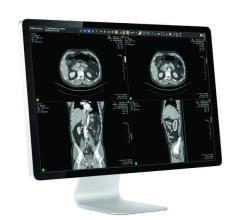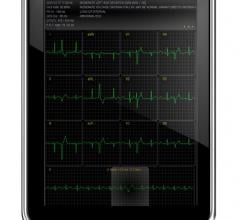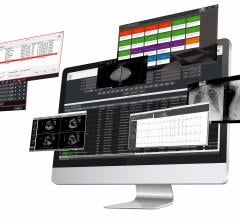
September 6, 2011 — Philips has announced the availability of Xcelera R3.2, the latest release of its multi-modality cardiology image management, analysis and reporting system. It delivers patient information across the care continuum via enhanced connectivity with other hospital information systems and the patient’s electronic medical record.
Building on the Xcelera platform, R3.2 continues to optimize clinician workflow by functioning as a single resource for patient cardiovascular imaging information and study management.
Optional advanced quantification applications provide analytical assessment for ultrasound, cardiovascular X-ray and nuclear medicine, as well as clinical review of computed tomography (CT), magnetic resonance (MR) and electrophysiology (EP) examinations.
An optional interface enables the viewing of electrocardiograms (ECG) from select systems via the Xcelera workspace. The system also performs the necessary functions for exam storage, allows for study review, and offers optional pediatric decision support and clinical reporting tools.
The available Tele-Cardiology features enable images and reports to be accessed remotely through a secure connection. The system also delivers the ability to view full-fidelity images, perform quantification utilizing the optional QLAB 8.1 plug-ins, and create reports. This enables hospitals to share information with affiliated clinics or other sites in a larger enterprise and allows cardiologists to access relevant studies.
In addition, Xcelera R3.2 offers several new features that support and enhance clinical workflow:
- Support for Enterprise Master Patient Index (eMPI) allows a single view of patient records and all relevant cardiovascular studies from multiple institutions in one “virtual” patient folder. This eliminates resulting inefficiencies if a patient has different medical record numbers assigned at each of those facilities.
- Customizable security features can be managed to restrict or grant access to users on an individual basis. This includes the ability to control user access to data at the institutional and enterprise levels.
- A new DICOM measurement mapping tool improves interoperability with other vendors’ ultrasound systems that export DICOM structured reporting (SR).
- Collaboration with TomTec Imaging Systems GmbH adds its ImageArena suite of advanced quantification plug-ins as available options. These tools allow assessments of 2-D and live 3-D/4-D imaging studies from most major ultrasound equipment providers.
- Support for the new Philips QLAB 8.1 quantification software, which assists with analysis of image data acquired on Philips ultrasound systems. This provides semi-automated and objective methods for quantifying ultrasound data.
“The Xcelera R3.2 is an even more robust solution, offering full interoperability with Philips’s X5-1 transducer for the iE33 xMATRIX Ultrasound system while maintaining the system’s reliability and responsiveness. Our facility experienced a seamless transition,” said Sherif B. Labib, M.D., associate professor in medicine, Tufts University School of Medicine and director, echocardiography laboratory, Lahey Clinic.
For more information: www.philips.com


 March 06, 2024
March 06, 2024 



